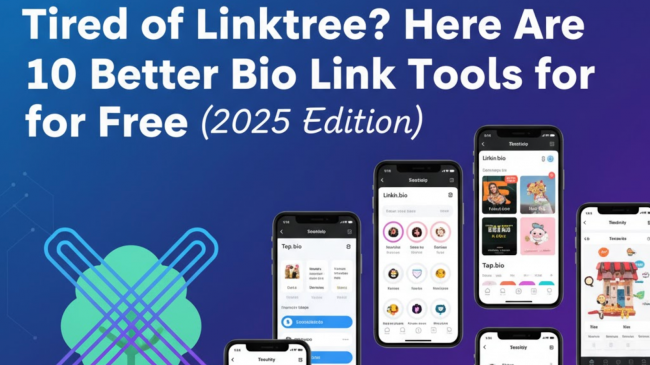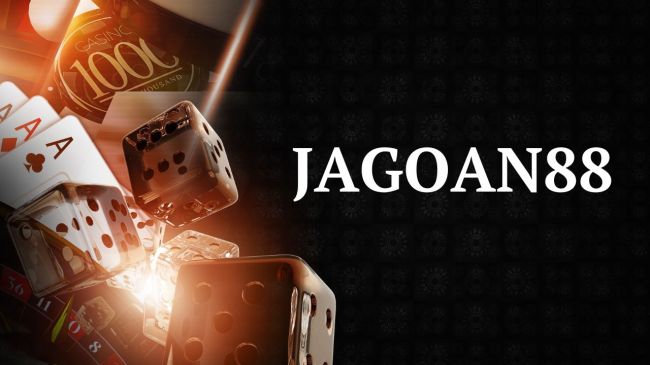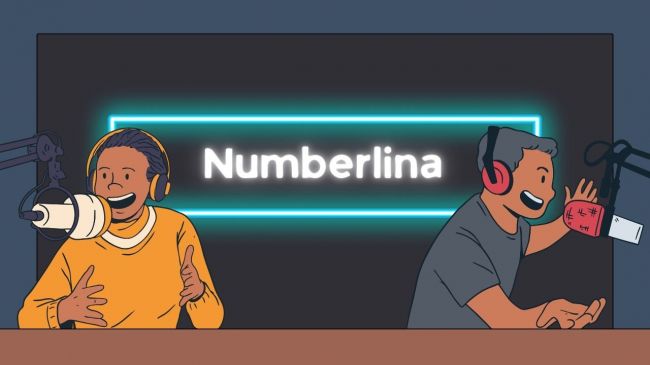Have you ever searched for something on a third-party site, clicked on a result, and realized it had nothing to do with what you’re looking for? Or maybe you’ve performed a search on a marketplace like Amazon, and the first page was filled with tons of relevant options. These are prime examples of how well or badly a platform understands what you’re looking for. In other words, the user intent.
For companies and websites, it’s not enough to know what people are searching for but why. Get it right, and customers will feel like you truly understand them. Get it wrong, and they’ll bring their business and loyalty to a rival competitor. Especially if you’re in a high-intent space, where users search and immediately perform an action (sign up, buy, request), there’s an even smaller margin for error.

What Is User Intent (Mapping)?
Before we get into the concept of mapping, let’s go over user intent. User intent is the intention or reason behind why a person conducts a search and visits your website in the first place. It’s all about what they hope to find when they type certain keywords into the search bar or click through to your page. With a clearer understanding of user intent, you can then tweak your messaging to better connect with your audience.
User intent mapping refers to the process of connecting intent to each stage in the marketing funnel, which helps you match them with the right call to action and content. When you map user intent, it’s like drawing out a content roadmap with directions based on where people are in their journey. If someone is still researching, it’s best to offer a comparison guide instead of pushing them to buy.
How User Intent Maps to the Marketing Funnel
The marketing funnel is like a waterslide, where the customer jumps right in and starts making their way down. It’s typically broken down into three main parts: awareness, consideration, and decision. To resonate with customers, your content needs to match whichever stage they’re on in the moment. Let’s go over the three stages in more detail:
- Awareness (curiosity): At this first stage, people are testing the waters. They’re finding out what they want and checking out what’s out there. These people want more information, comparisons, tips, and ideas to help them reach the next stage. Forget the hard sell here and instead introduce your brand as a helpful and trustworthy source.
- Consideration (figuring out their options): At the second stage of the funnel, the customer knows what they need. Maybe they’ve figured out they want some sort of treadmill for their standing desk. Before they buy, they’ll need to read reviews, compare brands and products, and find the perfect fit for their budget and space. While they’re still browsing, there’s an aim, and you’ll want to reassure them that you’re the right pick.
- Decision (ready to take action): Once customers reach the final stage, they’re ready to make a purchase. They’ve done all the due diligence they feel is necessary and now just need a nudge. The nudge can come in the form of extra proof, clear next steps in the form of CTAs, and an optimized checkout process. Customers want a great experience, and one that doesn’t come with a lot of friction and hassle.
Everything you provide should match people’s needs and feelings at each stage, so you naturally guide them through the funnel.
Mapping Intent to Content
We can illustrate the mapping process with an example. Let’s say someone is looking to ride the online casino train and play some slots but isn’t sure where to start. Here’s what a successful user intent journey might look like.
Awareness: The person goes to Google and searches, “what are the best online casinos for slots” or “how to play online slots for beginners.” They’re curious about where they can begin and whether they can get help with the process. The best content for this stage would be informative and non-promotional information on online slots.
Consideration: After reading a few blog posts, they might have realized they’re most interested to find online casinos that offer real money games that they can play without downloading or paying upfront. Maybe they’ve learned it’s the best way to get started without a big commitment. Rather than want to learn, they’re evaluating their options—the best casinos with slots and plenty of free spins and bonuses to get started. Side-by-side comparisons and reviews are most important to those in this stage.
Decision: Now, they’re ready to take action. All the research and comparisons have led to this point. Their queries are very specific and show laser-focused intent. These might look like “play real money slots online now” or “[name of casino] free spins” that indicate a goal. They want to land on a trusted site with an enticing landing page and a clear call to action. It’s your chance to seal the deal before someone else beats you to it.
Tools to Support User Intent Mapping
While all of that might be well and good, how do you first find out what your audience wants? Take advantage of the many tools out there to pinpoint user intent, track behavior, and refine your content strategy with hard data. Consider exploring Google Analytics, Semrush, Hotjar, Hubspot, and Typeform to form an all-inclusive strategy at every step of the journey. With user intent mapping, you’ll be ready to turn even the most casually interested parties into real customers.
In addition to these, mapping software can also offer surprising insights—especially when combined with location-based behavior data. Platforms that visualize movement patterns or geographic touchpoints can help marketers identify not just digital intent but also physical interaction patterns. For example, this blog on mapping software insights highlights how geographic data can enrich your understanding of audience behavior and intent in real time.
With user intent mapping, you’ll be ready to turn even the most casually interested parties into real customers.
Post Comment
Be the first to post comment!





